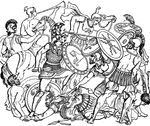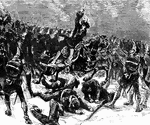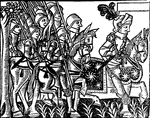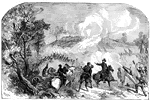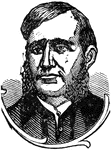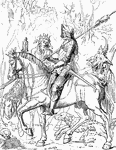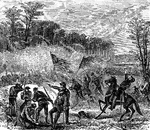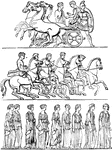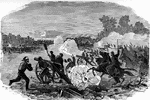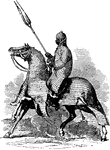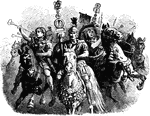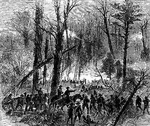Clipart tagged: ‘cavalry’
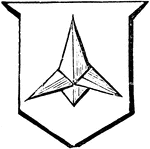
Caltrop
"Argent, a caltrop proper. CALTROP. An iron instrument made to annoy an enemy's cavalry. They were formed…

Cavalry obstacle
"A formidable obstacle against cavalry consists of railroad ties planted at intervals of 10 feet with…

Hand-Gun
"The hand-gun was used by both infantry and cavalry; it consisted of a simple iron or brass tube with…
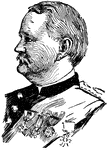
Wesley Merritt
Wesley Merritt (June 16, 1836 – December 3, 1910) was a general in the United States Army during…
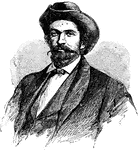
John Hunt Morgan
John Hunt Morgan (June 1, 1825 – September 4, 1864) was a Confederate general and cavalry officer…
Saber Return
"Officers and noncomissioned officers armed with the saber, when mounted, return saber without using…
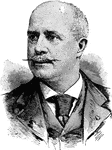
George Edwin Waring
George Edwin Waring was born in Poundridge, NY, July 4, 1833. He was agricultural engineer of Central…
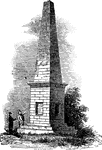
The Wyoming Monument
The Monument marks the grave site of the bones of victims of the Wyoming Massacre, which took place…

Wyoming Valley Massacre
The Battle of Wyoming was an encounter during the American Revolutionary War between American Patriots…

